Hand Safety First
Non-Sparking Tools
Non-Sparking Tools
Share



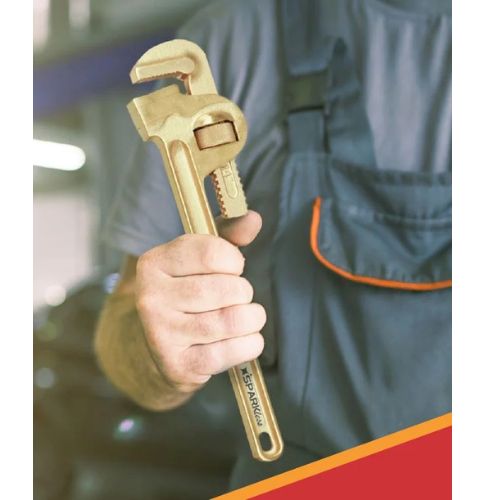

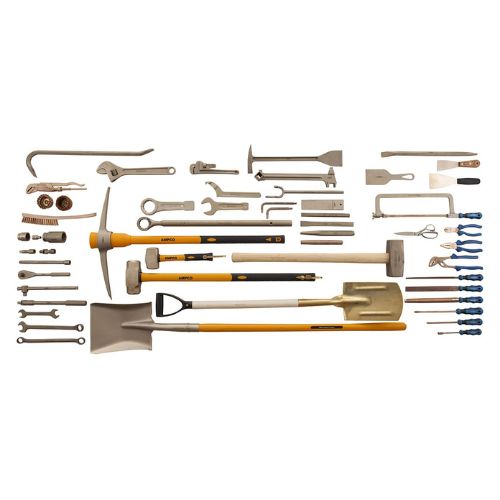
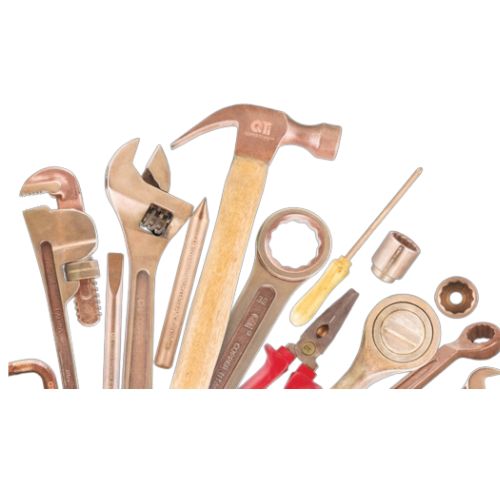
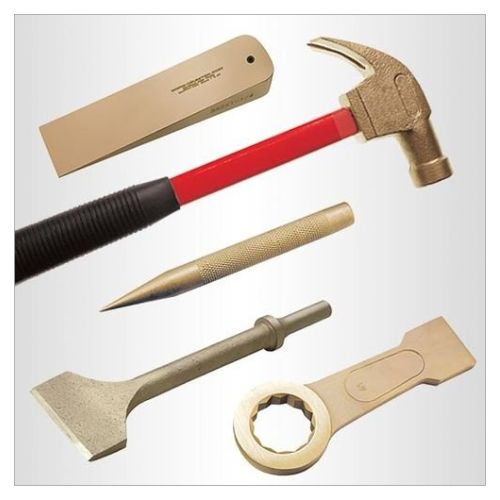
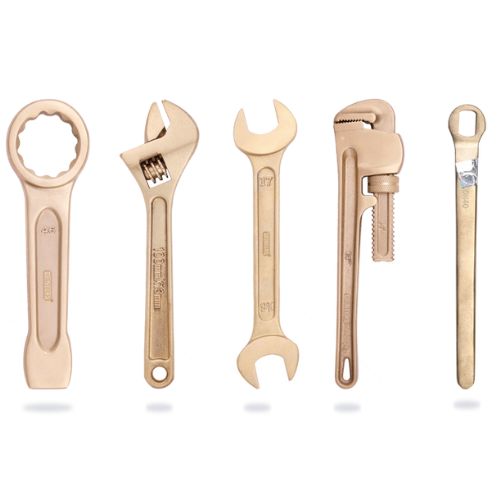
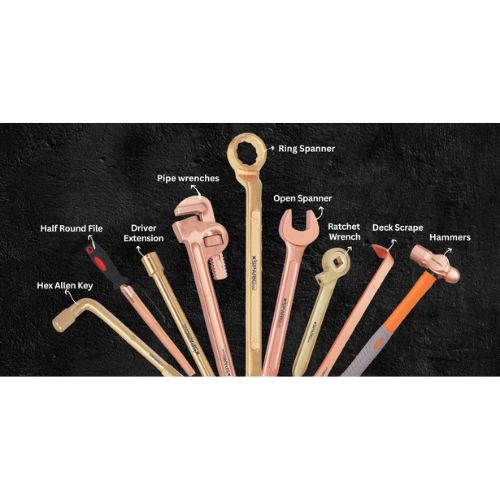

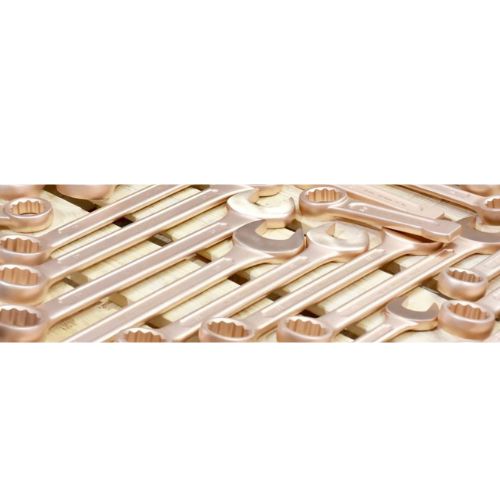
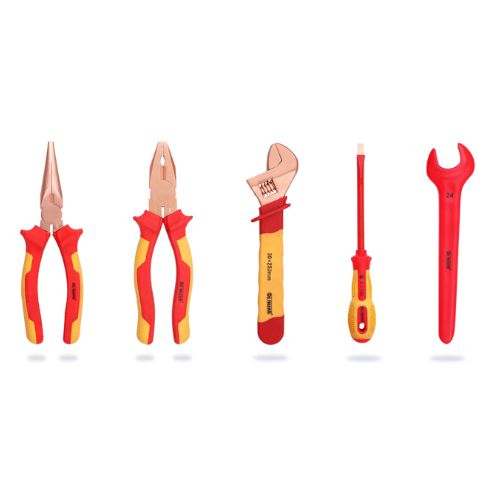
Non-Sparking Tools: Key to Safe Operations in Flammable Atmospheres
Non-Incendiary Tools
What are Non-Incendiary Tools?
When working in live atmospheres or flammable hazard areas, the use of non-incendive tools can be vital to the safety of the worker and in some cases the safety of the entire workplace. Non-sparking or anti-static tools are made specifically to address these issues. They are also called “low spark,” “spark resistant,” or “non-sparking.” Non-sparking tools are made from special metal alloys that have little or no static capability, including: brass, bronze or copper-nickel alloys, copper-aluminum, aluminum-bronze, copper-beryllium or beryllium bronze.

The Importance of Non-Sparking ToolsThe hand tools manufactured under this category are designed to be used in electrically sensible atmospheres and Atex zones to prevent potential contact spark. When working in hazardous areas, international workplace safety standards require the use of non-sparking tools. These rules are established to prevent explosions in the presence of flammable gases or the release of electricity through an arc flash in live workplaces.

Technical points of tools Preparation
● Low tensile strength
Metals with "execution" have lower tensile strength than those affected by the sincerity of steel and iron. The lower tensile strength is unlikely to create sparks. However, non-static metals have lower strength and therefore lower tensile strength, therefore the life cycle of these tools is relatively shorter than steel or iron alloy tools and is a relatively small price to pay for spark-free safety in sensitive hazardous areas.

● Presence of cold sparks
Tools that do not produce sparks are safer, but there is still a possibility of sparks. These are called "cold sparks" and are very weak and flammable substances in the metal world. So, a "spark-free" tool has a much lower risk of sparking, but it doesn't completely eliminate the possibility of sparks.

● Non-metallic spark-free tools
Non-metallic substances such as wood, leather, and plastic are incorporated into the tool to minimize the occurrence of cold sparks. We even offer equipment such as scrapers or scoops that are a hundred percent metallic and present zero friction spark hazard.

● Rating
Before starting work, it is important to remember the correct use of each tool and its usefulness. These ratings include both technical aspects and safety regulations. Using the right tools can save your life.
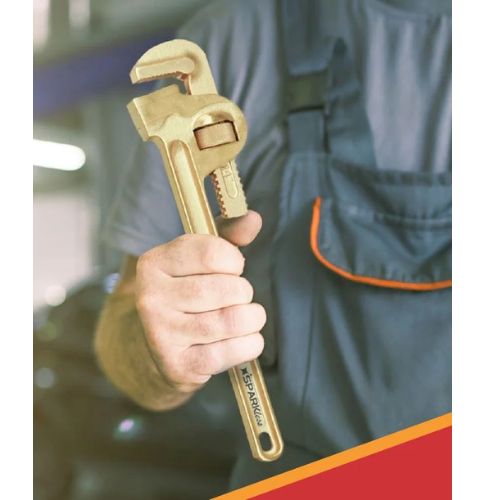
● Types of non-ignition tools
The metal alloys of non-ignition tools are relatively safe to use in non-ignition environments, but each metal has its own unique properties. For example, beryllium is known to be carcinogenic if ingested or in continuous contact with bare skin. Non-pyrophoric beryllium tools should not be used near food processing equipment or consumer products or used without wearing gloves.

Common hazards associated with sparking and non-sparking tools
Whether a tool is classified as "sparking" or "non-sparking", both are susceptible to starting a fire.

● Friction ignition
This occurs when two metal surfaces come into contact and electrostatic energy is released in the form of sparks. This situation can also occur when metal comes into contact with other materials such as textiles or concrete. This spark is flammable and can cause accidents. However, for this spark to create an accident, it must be a stimulus or have enough energy to start a fire.

● Ignition by chemically produced sparks
Sparks can also be produced by chemical reactions caused by surface friction. This occurs as a result of chain reactions in the presence of oxygen-containing substances.














